- A Historical Perspective
- Religious Diversity
- Linguistic Diversity
- Arts and Architecture
- Dance and Music
- Cuisine
- Clothing
- Conclusion
- Keywords:
- Key Takeaways:
- You Might Still Be Wondering about…
- How has India’s cultural heritage influenced its modern-day society and values?
- How has globalization impacted India’s cultural heritage?
- How do regional differences in language, art, and cuisine contribute to India’s cultural diversity?
- How does India’s cultural heritage foster national identity and a sense of unity?
- How has Indian cinema contributed to the promotion and preservation of cultural heritage?
- How has the digital age impacted the preservation and promotion of India’s cultural heritage?
- How does the preservation of India’s cultural heritage contribute to tourism and economic development?
- How does the education system in India incorporate cultural heritage into the curriculum?
- How does India’s cultural heritage contribute to its soft power and global influence?
- How does the diaspora contribute to the preservation and promotion of Indian cultural heritage?
- Common Misconceptions:
- India has a single homogeneous culture.
- Hinduism is the only dominant religion in India.
- Indian classical music and dance forms are the only prominent art forms in the country.
- Indian cuisine is uniformly spicy.
- Indian clothing is limited to sarees for women and traditional attire for men.
- Indian culture is static and unchanging.
- All Indians speak Hindi.
- Indian art and architecture are primarily influenced by Hindu traditions.
- India’s cultural heritage is only relevant to Indians.
- Indian cultural heritage is confined to the past and lacks contemporary relevance.
India, one of the world’s oldest civilizations, is a vibrant mosaic of cultures, traditions, and languages. With its rich history and geographical diversity, India offers a unique cultural landscape marked by profound richness and variety. In this article, we’ll embark on a journey through India’s cultural heritage, exploring the diverse elements that shape this fascinating country.
A Historical Perspective
India’s culture is deeply rooted in its history, which spans over five millennia. From the Indus Valley Civilization to the Vedic Age, the Mauryan Empire to the Mughal Dynasty, and the British Raj to independent India—the country’s history is a fascinating tapestry of influences, each leaving its indelible mark on India’s cultural identity.
Religious Diversity
Religion plays a vital role in India’s cultural fabric. The birthplace of Hinduism, Buddhism, Jainism, and Sikhism, India also has substantial populations of Muslims, Christians, Zoroastrians, Jews, and Bahá’ís.
Each religion has contributed to India’s culture—Hindu philosophy influences India’s social structure and festivals, Islamic influence is evident in architecture and cuisine, Sikhism promotes values of equality and service, while Christianity brought modern education. This religious diversity fosters a sense of unity amid diversity, commonly referred to as “Unity in Diversity.”
Linguistic Diversity
India’s linguistic diversity is staggering—with the Constitution of India recognizing 22 official languages, and hundreds of dialects spoken across the country. Each language is a cultural universe in itself, boasting rich literary traditions and unique linguistic features. This linguistic diversity is a testament to India’s cultural plurality and resilience.
Arts and Architecture
Indian arts and architecture reflect the country’s cultural evolution. From the intricate carvings of ancient temples, the majestic Mughal architecture, to the colonial-style buildings—the country’s architectural landscape tells stories of different eras.
Indian art is equally diverse. The ancient cave paintings of Ajanta, the delicate miniature paintings of the Mughal era, the vibrant Madhubani paintings of Bihar, and the sacred Thangka paintings of Sikkim—all reflect a myriad of cultural influences and styles.
Dance and Music
India’s dance and music traditions are a spectacle of cultural diversity. Classical dance forms like Bharatanatyam, Kathak, Odissi, Kathakali, and Manipuri, each rooted in different regions and mythologies, grace India’s cultural stage.
Indian music, too, is diverse, with two main types: Hindustani classical music from North India and Carnatic music from the South. Moreover, India has a vibrant tradition of folk music and dance, reflecting the local culture’s flavor.
Cuisine
Indian cuisine, renowned for its flavors and diversity, is deeply intertwined with the country’s cultural heritage. Each region in India has its distinctive culinary traditions, shaped by local ingredients, cultural preferences, and historical influences.
Clothing
Clothing styles in India vary widely depending on the region, climate, and tradition. While sarees and salwar kameez are common for women, men’s attire ranges from dhoti and kurta to sherwani and pathani suit.
Conclusion
India’s cultural heritage is a kaleidoscope of diversity, a testament to the country’s rich history and multicultural ethos. This diversity, permeating every aspect of life—religion, language, art, architecture, dance, music, cuisine, and clothing—makes India a fascinating country to explore. Understanding this cultural heritage helps us appreciate the country’s resilience and adaptability, shedding light on how cultural diversity can coexist and flourish within a single national identity. As we navigate through the 21st century, India’s cultural heritage continues to be a beacon of multicultural harmony and mutual respect—a timeless legacy that continues to inspire the world.
Keywords:
- Cultural heritage: The legacy of physical artifacts, traditions, beliefs, customs, and practices passed down through generations, contributing to the cultural identity of a society or community.
- Diversity: The state of having a variety of different elements, such as cultures, languages, religions, or ethnicities, coexisting within a larger group or society.
- Indus Valley Civilization: An ancient civilization that thrived around the Indus River in present-day Pakistan and northwestern India from approximately 3300 to 1300 BCE, known for its well-planned cities and advanced urban infrastructure.
- Vedic Age: The period in ancient Indian history characterized by the composition of the Vedas, the oldest sacred texts of Hinduism, and the emergence of early Hindu philosophy and rituals.
- Mauryan Empire: One of the largest empires in ancient India, founded by Chandragupta Maurya in 322 BCE, known for its administrative efficiency and the rule of Emperor Ashoka, who embraced Buddhism and spread it across the empire.
- Mughal Dynasty: A Muslim dynasty that ruled large parts of the Indian subcontinent from the 16th to the 18th centuries, known for its architectural marvels, including the Taj Mahal, and for promoting a syncretic culture blending Persian, Indian, and Central Asian influences.
- British Raj: The period of British colonial rule in the Indian subcontinent from 1858 to 1947, characterized by significant political, social, and economic changes, as well as movements for independence.
- Unity in Diversity: The concept that despite the existence of diverse cultures, religions, languages, and ethnicities, people can live together harmoniously, respecting each other’s differences and promoting a sense of unity as a nation or community.
- Official languages: The languages recognized and given official status by the government, typically used for communication, administration, and education at the national or regional level.
- Folk music: Traditional music that emerges from the cultural expressions of a community, often transmitted orally and reflecting the history, daily life, and customs of the people.
Key Takeaways:
- India’s cultural heritage is shaped by its rich history, including the Indus Valley Civilization, Vedic Age, Mauryan Empire, Mughal Dynasty, and the British Raj.
- Religious diversity is a significant aspect of India’s cultural fabric, with major religions such as Hinduism, Buddhism, Jainism, Sikhism, Islam, Christianity, Zoroastrianism, Judaism, and Bahá’í having followers in the country.
- India’s linguistic diversity is vast, with 22 recognized official languages and numerous dialects, highlighting the country’s cultural plurality.
- The arts and architecture of India reflect its cultural evolution, from ancient temple carvings to Mughal architecture and colonial-style buildings.
- Dance forms like Bharatanatyam, Kathak, Odissi, Kathakali, and Manipuri, as well as classical music traditions like Hindustani and Carnatic, showcase India’s rich cultural heritage.
- Indian cuisine is renowned for its flavors and diversity, with each region having distinctive culinary traditions influenced by local ingredients and historical factors.
- Clothing styles in India vary widely, with sarees, salwar kameez, dhoti, kurta, sherwani, and pathani suit being some of the commonly worn garments.
- India’s cultural diversity is a testament to its resilience and adaptability, fostering unity in diversity.
- Understanding and appreciating India’s cultural heritage can provide insights into how cultural diversity can coexist within a single national identity.
- India’s cultural heritage continues to inspire the world as a beacon of multicultural harmony and mutual respect.
You Might Still Be Wondering about…
How has India’s cultural heritage influenced its modern-day society and values?
India’s cultural heritage has played a significant role in shaping modern-day Indian society and values. The philosophies and teachings of ancient religions like Hinduism, Buddhism, Jainism, and Sikhism continue to influence people’s beliefs and ethical frameworks. The architectural styles and traditions have influenced modern construction practices, while the diverse art forms inspire contemporary artists. Furthermore, the concepts of unity in diversity and mutual respect have become fundamental values in India’s pluralistic society.
How has globalization impacted India’s cultural heritage?
Globalization has had both positive and negative impacts on India’s cultural heritage. On one hand, it has facilitated the exchange of ideas, cultural practices, and artistic expressions, leading to a more cosmopolitan and diverse cultural landscape. On the other hand, globalization has also brought challenges, such as the influence of Western popular culture and the potential erosion of traditional practices. Balancing the preservation of cultural heritage with the opportunities and challenges of globalization remains an ongoing endeavor.
How do regional differences in language, art, and cuisine contribute to India’s cultural diversity?
India’s regional differences in language, art, and cuisine contribute significantly to its cultural diversity. Each region has its own language(s) with unique linguistic features, literature, and oral traditions. Art forms vary from region to region, showcasing distinct styles, techniques, and subject matters. Similarly, cuisine differs greatly, with each region having its culinary specialties and cooking techniques based on local ingredients and cultural preferences. These regional variations enrich India’s cultural tapestry and provide a deeper appreciation for its diversity.
How does India’s cultural heritage foster national identity and a sense of unity?
India’s cultural heritage, with its diverse elements, plays a crucial role in fostering a sense of national identity and unity. Despite the multitude of religions, languages, and traditions, the concept of “Unity in Diversity” permeates Indian society, emphasizing the idea of living harmoniously amidst differences. Shared cultural experiences, such as festivals, music, and art forms, act as unifying threads that bring people together and instill a sense of pride in their shared heritage.
How has Indian cinema contributed to the promotion and preservation of cultural heritage?
Indian cinema, particularly Bollywood, has played a significant role in promoting and preserving India’s cultural heritage. Through movies, dance sequences, and music, Indian cinema showcases diverse cultural traditions, languages, and regional aesthetics. It has helped popularize traditional dance forms, spread awareness about historical events, and preserve cultural narratives. Moreover, Indian cinema has also acted as a powerful medium for cultural exchange, introducing Indian culture to international audiences and promoting cross-cultural understanding.
How has the digital age impacted the preservation and promotion of India’s cultural heritage?
The digital age has had a transformative impact on the preservation and promotion of India’s cultural heritage. Digital platforms provide opportunities to digitize and archive cultural artifacts, making them accessible to a wider audience. Online platforms and social media have also become spaces for cultural enthusiasts to share knowledge, stories, and experiences related to Indian culture. Additionally, virtual exhibitions, webinars, and online performances allow for the global dissemination of India’s cultural heritage, reaching audiences beyond geographical boundaries.
How does the preservation of India’s cultural heritage contribute to tourism and economic development?
Preserving India’s cultural heritage is closely linked to tourism and economic development. India’s diverse cultural attractions, such as historical monuments, temples, art forms, and festivals, draw tourists from around the world, contributing to the tourism industry. Cultural tourism generates employment opportunities, boosts local economies, and supports the preservation and maintenance of heritage sites. Additionally, handicrafts, textiles, and traditional arts and crafts associated with India’s cultural heritage also contribute to the country’s economic growth through exports and tourism souvenirs.
How does the education system in India incorporate cultural heritage into the curriculum?
The education system in India recognizes the importance of cultural heritage and seeks to incorporate it into the curriculum. Subjects like history, social studies, and arts often include modules that cover various aspects of India’s cultural heritage. Additionally, efforts are being made to integrate local cultural knowledge and practices into education, ensuring that students gain a comprehensive understanding of their own heritage. However, challenges remain in terms of balancing the curriculum to reflect the country’s diversity and ensuring that cultural education is inclusive and accurate.
How does India’s cultural heritage contribute to its soft power and global influence?
India’s cultural heritage plays a significant role in enhancing its soft power and global influence. The country’s rich traditions, art forms, cuisine, and spiritual practices have captivated international audiences and attracted global admirers. Indian cultural ambassadors, such as classical dancers, musicians, and artists, promote India’s cultural heritage worldwide, fostering cross-cultural understanding and appreciation. Additionally, yoga, Ayurveda, and meditation practices originating from India have gained global popularity, further contributing to the country’s soft power and influence.
How does the diaspora contribute to the preservation and promotion of Indian cultural heritage?
The Indian diaspora plays a vital role in preserving and promoting Indian cultural heritage. Indian communities residing outside the country actively engage in cultural activities, organizing festivals, dance performances, music concerts, and art exhibitions to celebrate and share their cultural roots. They act as cultural ambassadors, fostering connections between India and their adopted countries, and contributing to the global visibility and recognition of Indian cultural heritage. Through their efforts, Indian traditions and practices continue to thrive and evolve in diverse corners of the world.
Common Misconceptions:
India has a single homogeneous culture.
Reality: India is known for its cultural diversity and pluralism, with a wide range of religions, languages, traditions, and art forms coexisting within its borders.
Hinduism is the only dominant religion in India.
Reality: While Hinduism has a significant presence in India, the country is home to various religions, including Islam, Christianity, Sikhism, Buddhism, Jainism, Zoroastrianism, Judaism, and Bahá’í, among others.
Indian classical music and dance forms are the only prominent art forms in the country.
Reality: While Indian classical music and dance forms hold cultural significance, India also has a vibrant tradition of folk art, literature, theater, contemporary art, and other artistic expressions that reflect regional diversity.
Indian cuisine is uniformly spicy.
Reality: Indian cuisine is incredibly diverse, with flavors varying from region to region. While some dishes are spicy, many others feature a range of flavors, including sweet, sour, and savory.
Indian clothing is limited to sarees for women and traditional attire for men.
Reality: Indian clothing styles are vast and diverse. While sarees are popular among women, there are various other traditional and modern clothing options available, including salwar kameez, lehengas, and western-style clothing. Men’s attire also includes a wide range of options beyond traditional outfits.
Indian culture is static and unchanging.
Reality: Indian culture is dynamic and constantly evolving, influenced by historical events, social changes, globalization, and the creativity of contemporary artists and performers.
All Indians speak Hindi.
Reality: Hindi is one of the official languages of India, but there are 21 other recognized official languages, along with numerous regional languages and dialects spoken across the country.
Indian art and architecture are primarily influenced by Hindu traditions.
Reality: Indian art and architecture exhibit influences from diverse sources, including Buddhist, Jain, Islamic, and European traditions, among others. The country’s artistic heritage is a blend of various cultural and religious influences.
India’s cultural heritage is only relevant to Indians.
Reality: India’s cultural heritage has a global significance and attracts people from around the world. Its impact can be seen in various fields, including spirituality, yoga, cuisine, art, and literature, which resonate with international audiences.
Indian cultural heritage is confined to the past and lacks contemporary relevance.
Reality: India’s cultural heritage is not limited to the past but is an integral part of its present. It continues to shape contemporary art, literature, cinema, music, and societal values, contributing to India’s identity and global interactions.




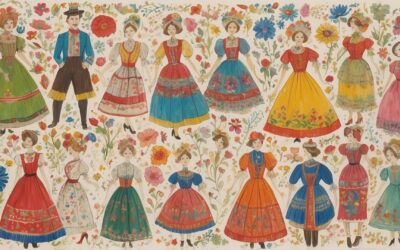
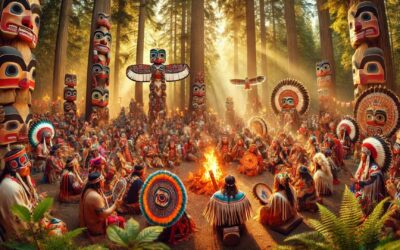
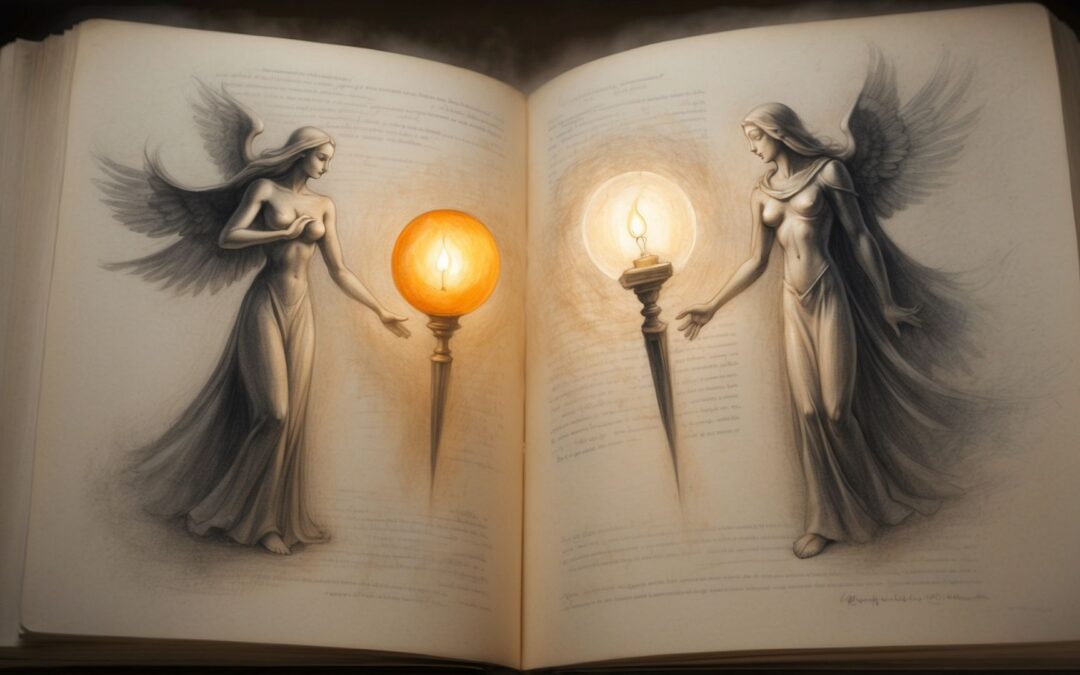
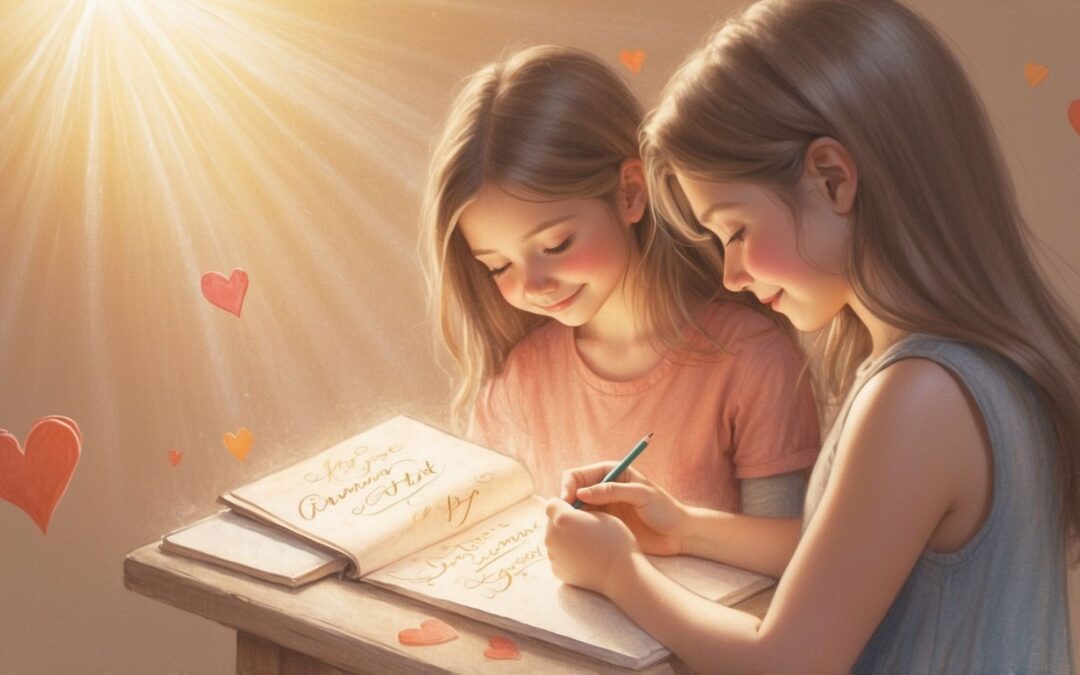


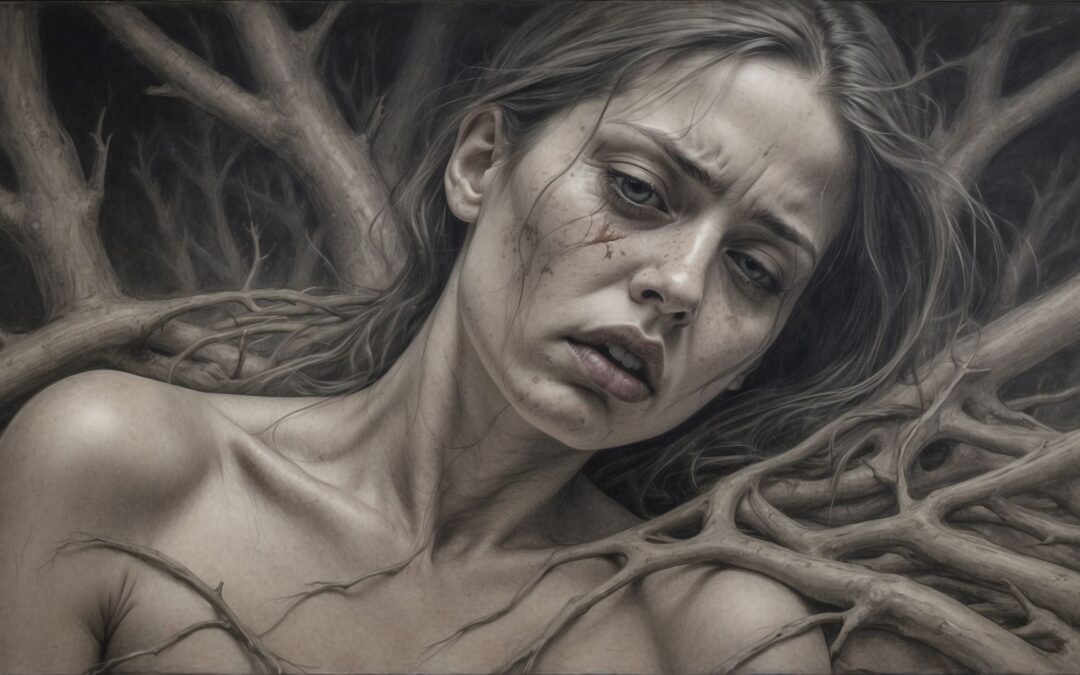
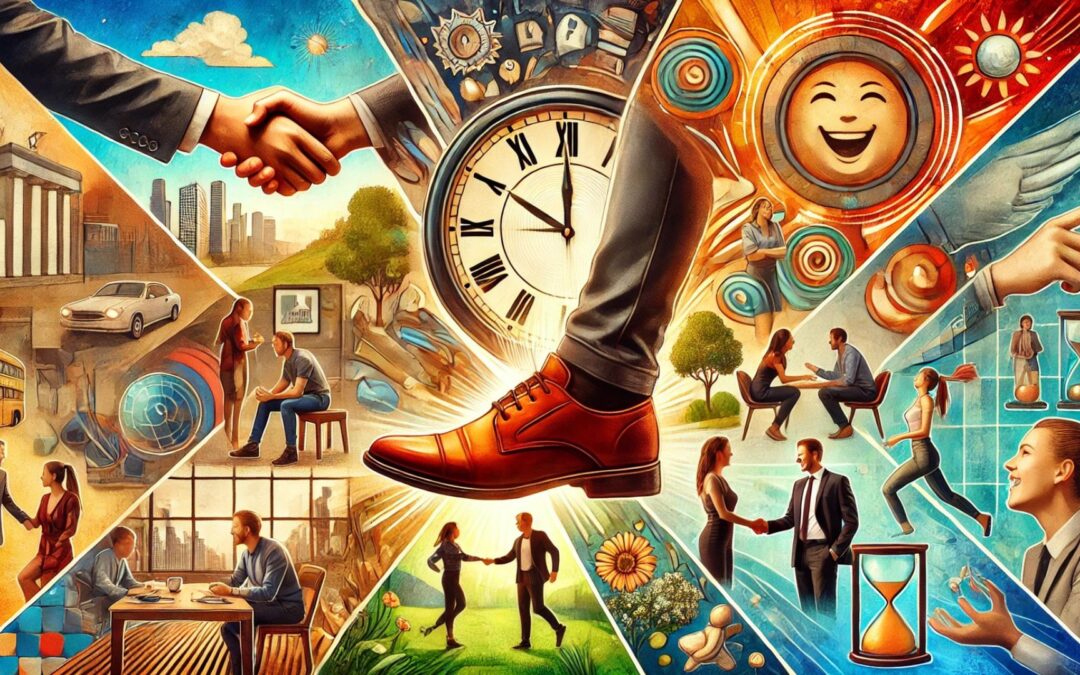
0 Comments